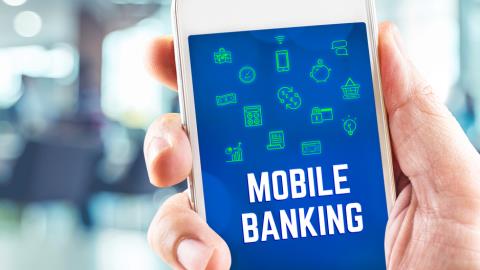MODERN BANKS TODAY (REVOLUT)
Nowadays, people would rather avoid a trip to the bank, and they thus embrace online banking. As a result, banking institutions have changed the way they serve their customers. Take Revolut as an example. This thriving financial institution has incorporated both traditional and modern means of banking. It still opens its banking halls to the public, allowing people to enjoy traditional banking. For people who want to avoid queues, you can use the app. Not only does the app aid in sending and receiving money, but it also caters to other needs. Users can trade in crypto, generate reports on their spending and other such activities. Revolut is not alone in this incorporation, as many other institutions have followed suit. Thus, begs the question, how is traditional banking different from online banking?
Differences
Location
Traditionally, banks would have a physical address which clients would visit when they needed their services. It owed to the need for pen and paper for almost all transactions. With the increase in online banking popularity, this is no longer as necessary as it was. Some banks will offer both online and physical services. It is especially the case for banks that already existed before online banking came to be. Other banking institutions may not have a physical address. Their clients can access all their services online, and they thus do not need a physical presence.

Transaction Time
A downside to traditional banks is that most transactions take place by pen and paper. People have to stand in line to get to the tellers or even talk to the managers. Given that the processes are manual, they take a lot of time to complete. The result is that clients have to stand in line for long periods leading to hours. And that includes time taken for small transactions such as money transfers and checking balances. It can be an inconvenience in most cases.
With modern banks, most, if not all, the services are available online. That means that customers can access their accounts and transfer money without visiting banks. All they need is a computer or phone with stable internet access. This time saved is quite a motivator for many people to embrace online banking. Some modern banks, however, will limit the services accessible using online platforms.
Opening Hours
Have you ever needed to do something at the bank only to find that it was closed? Well, that is a situation that traditional bank clients face at one time or the other. Banks have strict opening and closing hours, and they do not open on some set days. It can be quite frustrating to get to the bank only to find that they are not open.
With modern banks, you can access your account at any time as the processes are automated. With 24-hour access, you do not have to rush when making transactions, and you can take your time. Depending on the bank in question, you may find that you can avoid going to the bank altogether.
Security Concerns
Traditional banks may have modern banks beat on this one. Given that the processes are manual and time-consuming, it is quite hard for third parties to access your account. If it does happen, it is highly likely to be an inside job, which you can follow up on with ease. E-security threats are not common in this case.
The same does not hold for modern banks that offer online banking platforms. Hacking is always a concern in this case, and banks and clients have to use measures against the same. When opening an online bank account, you must ensure that you understand what the security threats are.
Monitoring
With traditional banks, you need to be at the bank for you to get a look at your account statements. You also need to be around to monitor the transactions taking place at any given time. It gets hard to do this when you travel often. For people using modern banks, this is not an issue. They can log onto their accounts from other countries, and this gives them control over their finances.

Traditional bank accounts are also expensive to maintain, given the myriad of operating and fixed costs. Not to mention the money spent on visiting the banks! Modern banks eliminate these costs to a great extent, given that some of them lack a physical presence. Learn about the history and the beginning of online banking.
